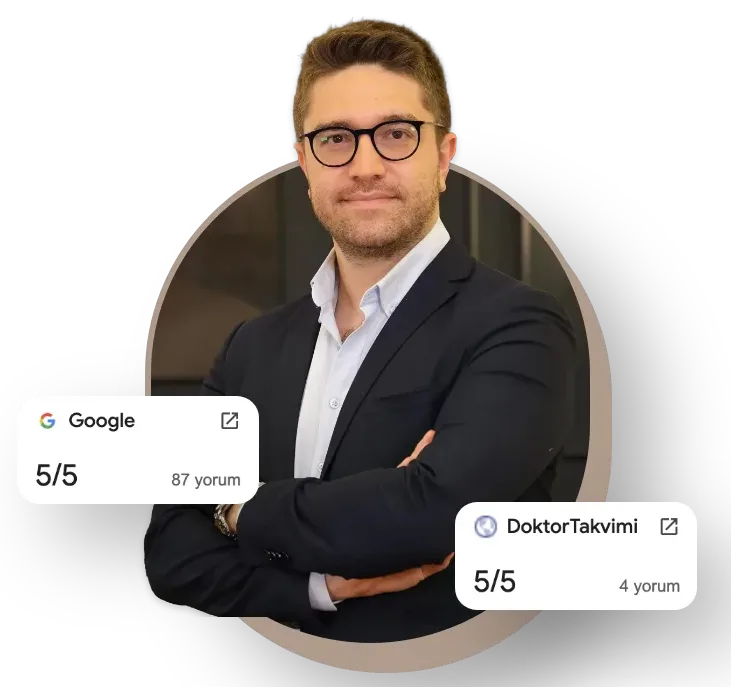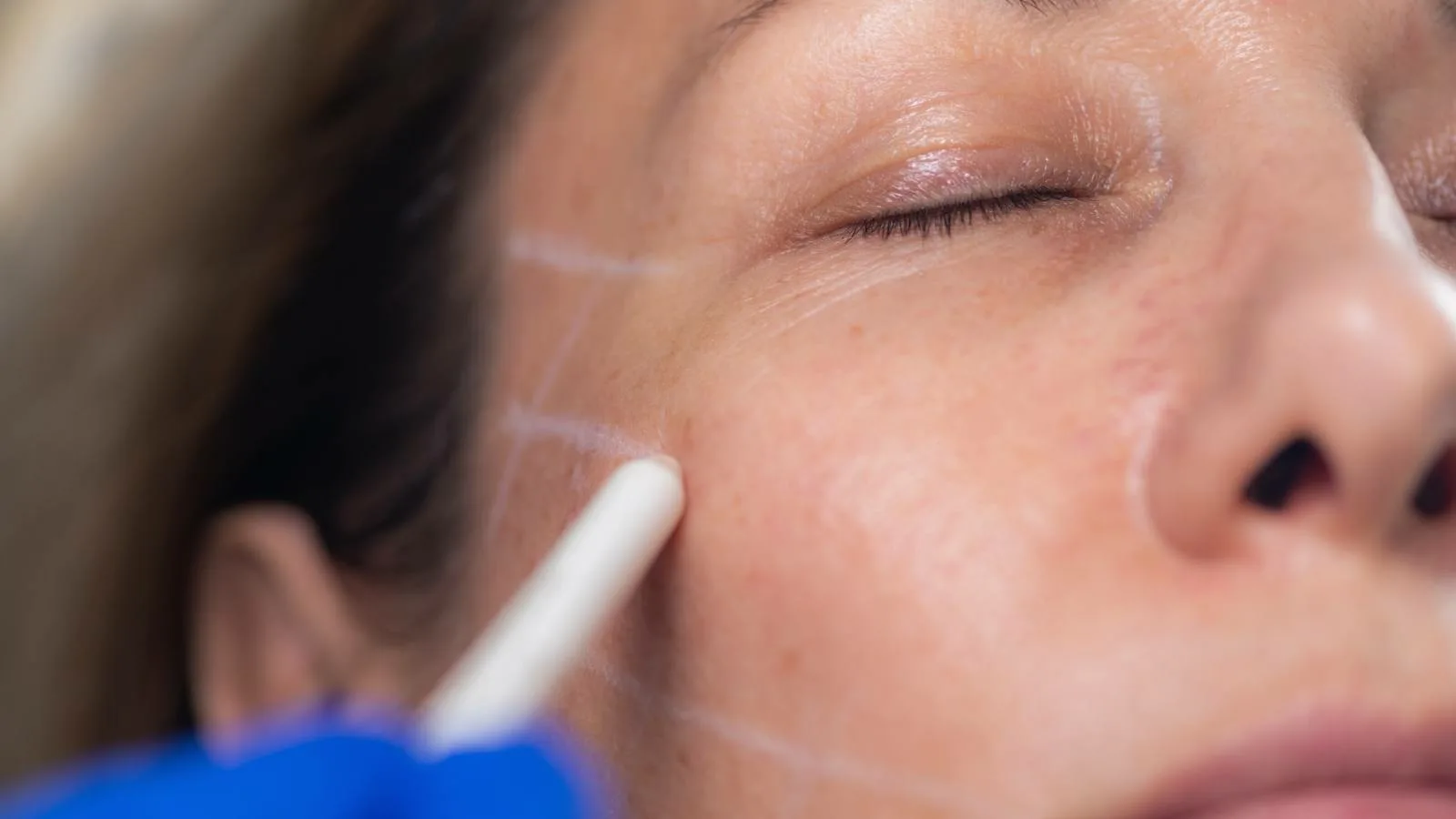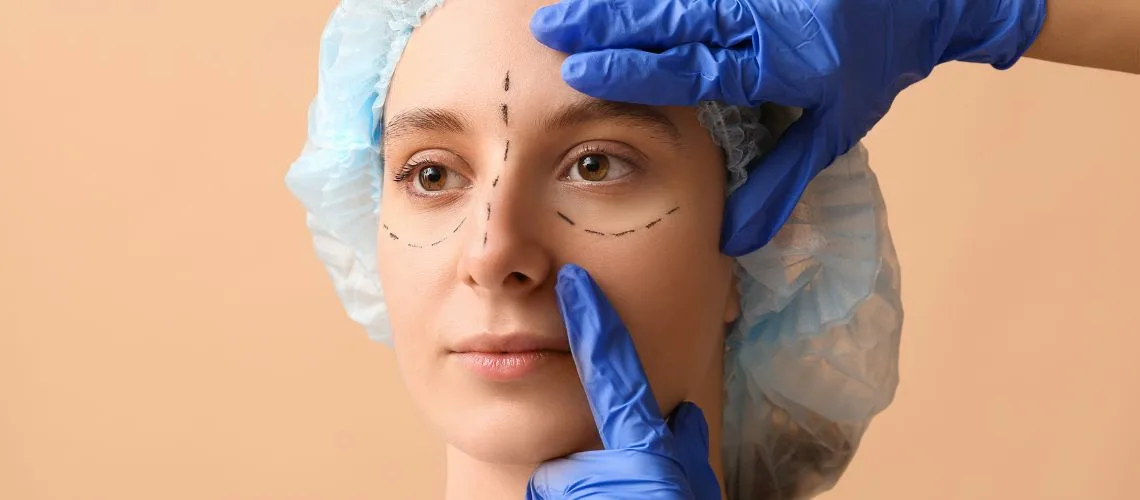Recovery after tummy tuck surgery involves a gradual return to normal activity, with initial rest and controlled mobility playing a vital role. Proper wound care and adherence to medical advice significantly enhance healing outcomes.
Early recovery includes wearing compression garments to reduce swelling and support abdominal tissues. Patients should avoid strenuous movements to protect sutures and optimize long-term results.
Pain management and careful monitoring of drainage tubes are crucial in the first weeks. These steps reduce discomfort, prevent complications, and ensure a smoother postoperative course.
Full recovery may take several months, during which scar maturation and tissue strengthening occur. Balanced nutrition and gradual exercise contribute to sustained results and improved abdominal contour.
What Awaits Me When I Come Out of Surgery?
When the operation is over—usually performed under general anesthesia—you are taken to a recovery room or directly to your hospital room so you can wake up. There, nurses and doctors closely monitor your blood pressure, pulse, and breathing—your vital signs. You remain under observation until you are fully free of the anesthesia’s effects.
Most patients stay in the hospital overnight, depending on the scope of the tummy tuck and overall health. If additional procedures were performed or recovery starts more slowly, your doctor may extend your stay. This early period in hospital is crucial for catching any immediate issues (such as more bleeding than expected) and controlling pain promptly.
Will I Feel Pain After Surgery?
Feeling pain, tenderness, and tightness in the abdomen in the first few days is perfectly natural. This pain is controlled with painkillers prescribed by your doctor (intravenously or orally). Your surgeon may also use long-acting local anesthetics during surgery or place a small pump that delivers medicine directly to the surgical area for the first days.
Good pain management also helps you start moving early (getting in and out of bed, short walks), which lowers the risk of blood clots.
Will There Be Drains in My Body?
When you wake up you may see thin plastic tubes (drains) under the skin in your abdomen. Their job is to remove excess fluid (blood and tissue fluid) that collects after surgery, preventing swelling and pressure, easing discomfort, and lowering the risk of seroma.
Drains can stay in place from a few days up to one or two weeks, depending on daily fluid output. Before discharge you or your helper are shown in detail how to empty and care for them.
Will I Have a Dressing and a Compression Garment?
Your surgical incisions—usually a horizontal cut from hip to hip and sometimes one around the navel—are covered with sterile dressings and tape. Over these, a snug compression garment or abdominal binder is fitted while you’re still in the operating room. From the first moment this garment reduces swelling, supports healing tissues, protects the incision, and helps the skin conform to your new abdominal contour.
How Will I Move in the First Days?
Movement is naturally limited at first. You may need help getting out of bed, walking, or going to the bathroom. One typical feature is not being able to stand fully upright. You will be slightly bent forward due to both pain and tension from tightened muscles and removed skin.
Do not force yourself straight; it strains the healing incision and muscle repair. Despite the bent posture, you will be encouraged to take short, slow walks as soon as the doctor advises to boost circulation.
What Should I Prepare for at Home?
Going home marks the next stage of recovery. For the first week or two you need someone to help with daily tasks. You will not be able to cook, do housework, care for children, or drive. A responsible adult should stay with you continuously at first.
Set up a comfortable “recovery corner” (perhaps a recliner or a pillow-propped bed) with easy access to medications, water, and phone.
How Will My Pain Be in the First Weeks?
Intense pain eases after the first days, but discomfort, tenderness, and tightness continue for several weeks. You will likely switch from stronger painkillers to over-the-counter medications such as acetaminophen. Take pain relief as needed to rest well and carry out gentle activities like short indoor walks.
If I Have Drains, How Do I Care for Them?
If you go home with drains, follow the instructions for emptying the bulbs several times daily, recording the fluid amount, and keeping entry sites clean and dry to prevent infection. Proper care reduces seroma risk and allows timely removal.
How Long and How Should I Wear the Compression Garment?
Wear the compression garment continuously, day and night, for the first weeks (removing it only briefly, if your doctor allows, for showers). Constant pressure controls swelling, supports the healing abdominal wall and skin, increases comfort, and helps the skin adhere smoothly—improving the final look.
Ignoring the garment can increase swelling, raise seroma risk, and harm results. Usually it is worn continuously for 3–6 weeks; later you may wear it only during the day or during activity as the doctor advises.
What Should I Watch and How Do I Balance Rest and Activity?
Recovery needs a balance of rest and light activity. Rest is crucial, but total immobility is harmful. Short, frequent walks inside the house (every hour or two while awake) from day one improve circulation and lower the risk of leg clots.
Strict restrictions: do not bend at the waist, lift over 2–4.5 kg (about a milk carton), or perform movements that strain abdominal muscles. Following these rules protects internal repairs and sutures.
When Can I Shower?
Surgeons’ policies differ. Some allow showers 48–72 hours post-op (even with drains) if precautions are taken; others want drains removed first. Follow your own doctor’s guidance.
When allowed, treat incision sites gently. Avoid baths, Jacuzzis, and swimming pools until incisions are fully healed (usually 4–6 weeks) to prevent infection.
What Should My Diet Be?
Your body needs good nutrition. Protein-rich foods (chicken, fish, eggs, legumes) aid tissue repair. Plenty of vitamins and minerals—especially vitamin C—support healing. Drink lots of water for health and fluid balance. Avoid carbonated drinks and very salty foods for comfort. Follow any special dietary advice from your doctor.
Is Swelling Normal? How Long Does It Last?
Yes, abdominal swelling and edema are normal. They peak in the first weeks and slowly subside. Some swelling can persist or fluctuate for months, even up to a year. The compression garment helps manage it.
Is Itchy Incision Ordinary? How Does It Ease?
Itching around incisions is common. It stems from nerve healing and skin stretching. Instead of scratching, lightly tap with fingertips or use a cool compress (after asking your doctor). With approval, antihistamines or creams may help. After full closure, moisturizing can soothe skin.
When Can I Exercise?
Return to exercise gradually. Only gentle walks are allowed at first. Around 4–6 weeks you may begin brisk walks or light cardio (elliptical cycling) if cleared by your doctor. Abdominal exercises (sit-ups, planks) and strenuous activity such as weightlifting generally wait several months (3–6 months or more). Follow your doctor’s timeline.
When Can I Resume Sexual Activity?
Discuss this with your doctor. Most patients resume sexual activity about 4–6 weeks post-op, provided no pressure is placed on the abdomen and they feel comfortable. Begin gently and avoid painful positions; stop if there is discomfort and consult your doctor.
Does a Tummy Tuck Carry Risks?
Performed by an experienced plastic surgeon in proper conditions, a tummy tuck is generally safe. As with any major surgery, some risks and potential complications remain. Careful adherence to instructions reduces but does not eliminate them.
What Are Signs of Infection?
Bacteria entering an incision can cause infection. Signs include redness, increased warmth, swelling, worsening pain, purulent discharge, or fever. Infections require prompt antibiotics.
When Should I Call My Doctor Immediately?
Be vigilant during recovery. Contact your doctor right away if any of the following occur:
- Fever (above 38.5 °C / 101.3 °F)
- Severe pain not relieved by medication or increasing pain
- Spreading redness, increased warmth, or purulent/foul discharge at the incision
- Sudden, marked abdominal swelling, hardness, or a localized bulge (possible hematoma or large seroma)
- Incision edges opening
- Pain, swelling, redness, or warmth in one leg (possible DVT)
- Sudden shortness of breath or chest pain (possible PE—seek emergency care and inform your doctor)
- Any other condition that worries you
Recognizing complications early and starting treatment leads to better outcomes. If anything concerns you during recovery, call your doctor without hesitation. Be patient and follow your doctor’s instructions to achieve the best result.

Op. Dr. Erman Ak is an internationally experienced specialist known for facial, breast, and body contouring surgeries in the field of aesthetic surgery. With his natural result–oriented surgical philosophy, modern techniques, and artistic vision, he is among the leading names in aesthetic surgery in Türkiye. A graduate of Hacettepe University Faculty of Medicine, Dr. Ak completed his residency at the Istanbul University Çapa Faculty of Medicine, Department of Plastic, Reconstructive and Aesthetic Surgery.
During his training, he received advanced microsurgery education from Prof. Dr. Fu Chan Wei at the Taiwan Chang Gung Memorial Hospital and was awarded the European Aesthetic Plastic Surgery Qualification by the European Board of Plastic Surgery (EBOPRAS). He also conducted advanced studies on facial and breast aesthetics as an ISAPS fellow at the Villa Bella Clinic (Italy) with Prof. Dr. Giovanni and Chiara Botti.
Op. Dr. Erman Ak approaches aesthetic surgery as a personalized art, tailoring each patient’s treatment according to facial proportions, skin structure, and natural aesthetic harmony. His expertise includes deep-plane face and neck lift, lip lift, buccal fat removal (bichectomy), breast augmentation and lifting, abdominoplasty, liposuction, BBL, and mommy makeover. He currently provides safe, natural, and holistic aesthetic treatments using modern techniques in his private clinic in Istanbul.









